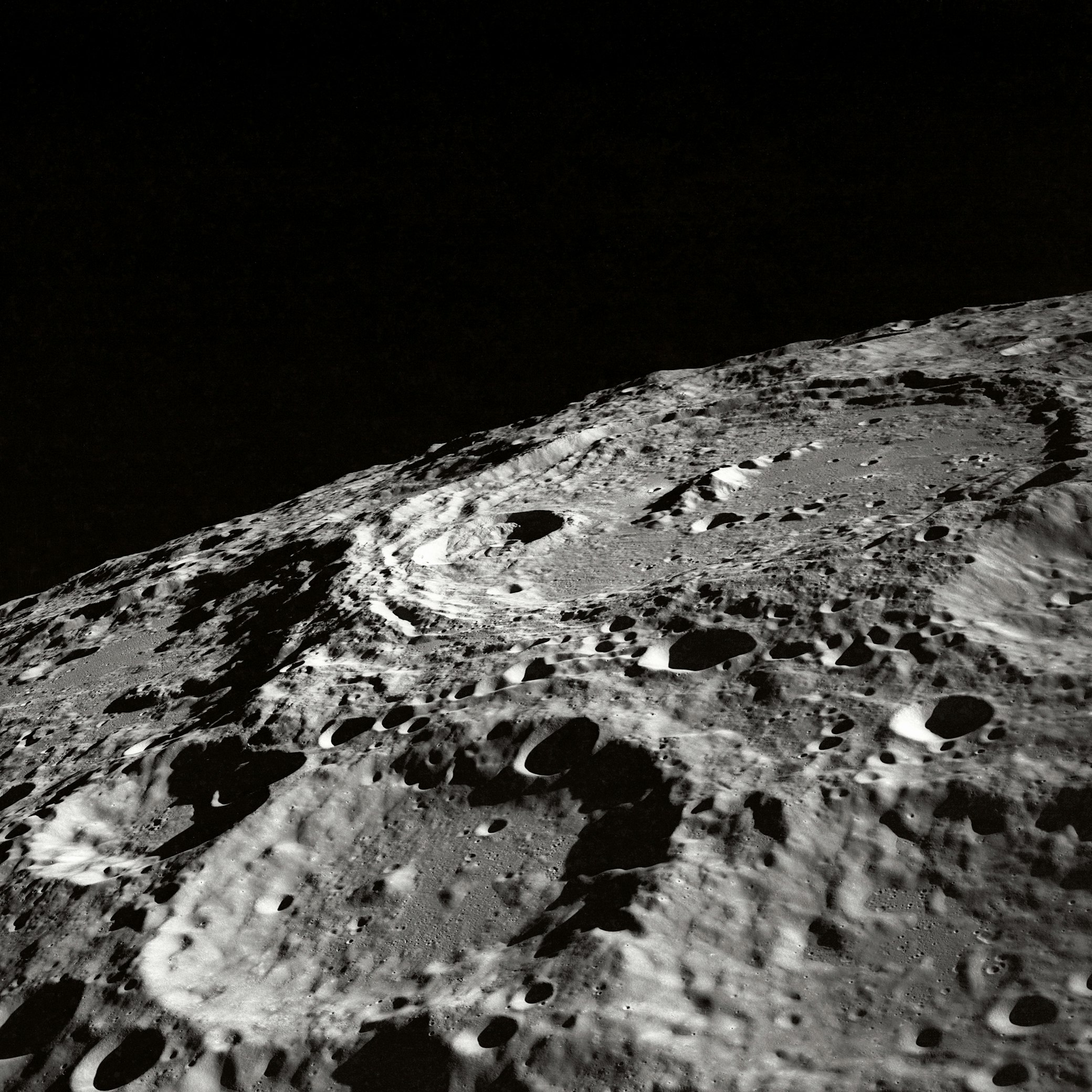· research · 2 min read
Researching and Choosing a Landing Site
Finalizing a landing region based on the five provided landing sites considering all potential factors including slope and resources.

Identifying the characteristics and criteria
To identify the best landing site, we considered slope and chose Peak near Shackleton due to its relatively flat surface. After reviewing an article provided by our mentor, we realized that in addition to slope we also need to consider access to exploration areas which contain water and ice. The landing site also needs abundant sunlight to power the base.
We used the LROC map to explore regions and find a landing site. First we select the layer with Artemis 3 Candidate Landing Regions. Within the 5 regions available to us, we choose the Permanently Shadowed Regions layer with both 1Km^2 and 5km^2. We observed that even though Peak Near Shackleton has a larger PSR of 5km^2, Faustini Rim A has 6 PSR regions. Next we chose the Terrain slope layer and reduced the opacity. The final layer we considered is the Sunlit Surface Temperature providing insights into maximum surface temperatures and displaying a relatively flat landscape.
Deciding the best landing site
Using these parameters, our chosen region for Artemis Mission is Faustini Rim A with a landing site that is next to four PSRs known to hold water and are important to be explored for the mission. Sunlit temperature at the landing base site is approximately 175 Kelvin. Faustini Rim A also has the highest Iron abundance and high average earth visibility based on LROC data.